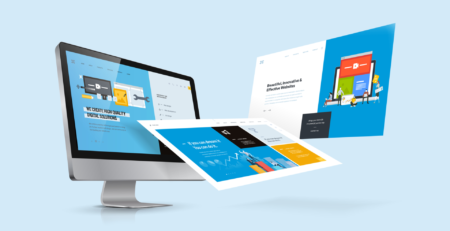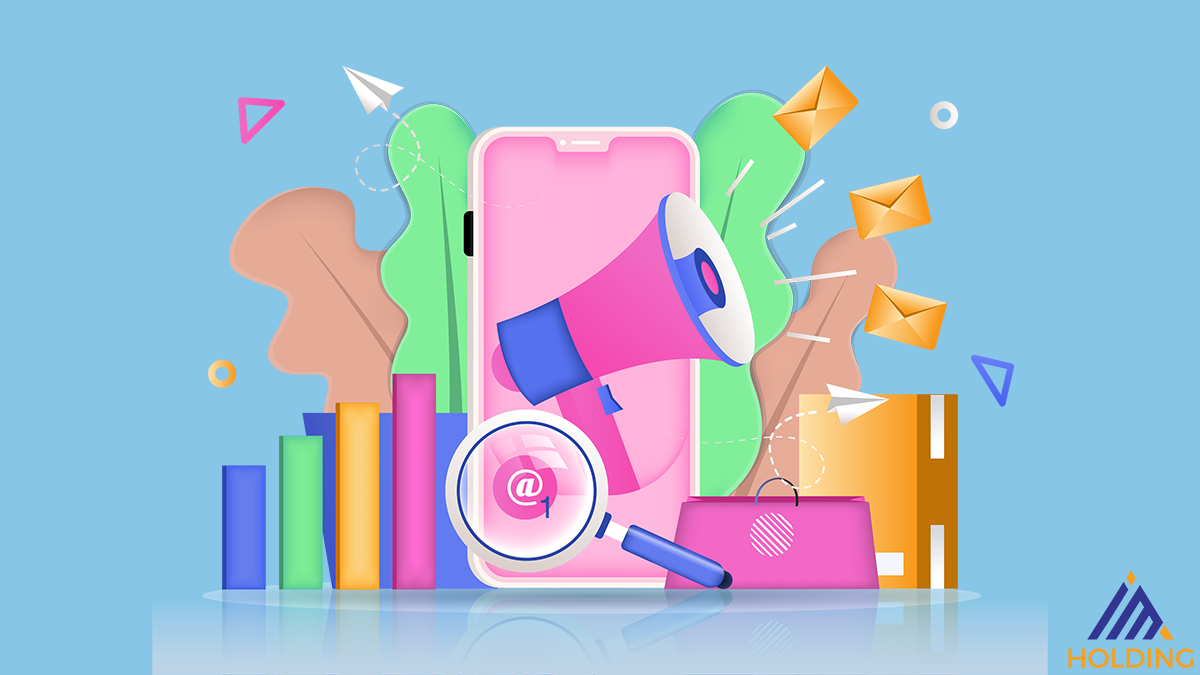Digital Brochure Design: Why Design Matters
In today's digital age, the significance of a well-designed digital brochure cannot be overstated. As a versatile marketing tool, digital brochures play a crucial role in reaching clients effectively and enhancing brand identity. Understanding their impact, differences from traditional paper brochures, and best practices in design can significantly elevate your marketing strategy.
Importance of Digital Brochures
Digital brochures serve as dynamic, interactive tools that bridge the gap between businesses and their target audience. Unlike static paper brochures, digital versions can incorporate multimedia elements such as videos, animations, and clickable links, making them engaging and informative. They are accessible across various devices, allowing for wider distribution and easier sharing, thus expanding the reach of your marketing efforts.
User Experience: A Key Factor
The design of a digital brochure directly influences the user experience. A well-structured layout with intuitive navigation enhances usability, ensuring that potential clients can easily access and digest the information presented. Interactive features encourage active engagement, guiding users through the content and prompting them to take desired actions, such as contacting your business or making a purchase.
Effective Communication and Branding
Digital brochures play a pivotal role in establishing and reinforcing your brand identity. Through cohesive design elements such as color schemes, typography, and imagery consistent with your brand guidelines, you can create a memorable impression on your audience. Consistency across all marketing materials strengthens brand recognition and trust, helping your business stand out in a competitive market.
Digital vs. Paper Brochures: Understanding the Differences
The transition from traditional paper brochures to digital formats marks a significant shift in marketing strategy. While paper brochures have their charm and tactile appeal, digital brochures offer distinct advantages in terms of versatility and reach. Digital brochures can be updated easily and distributed instantly via email, websites, and social media, reaching a global audience without printing costs or environmental impact.
Evolution in Brochure Design: Old vs. New
The evolution of brochure design reflects broader shifts in consumer behavior and technology. Traditional brochures tended to be static, focusing on textual information and static images. In contrast, modern digital brochures leverage multimedia elements to create immersive experiences. This evolution emphasizes storytelling and interactivity, fostering deeper connections with the audience and driving engagement through compelling visuals and interactive content.
Incorporating Logo, Colors, and Fonts
In digital brochure design, your logo serves as a visual anchor, reinforcing brand identity throughout the document. It should be prominently displayed and consistent with other marketing materials. Colors and fonts play a crucial role in conveying your brand's personality and message. Choosing a color palette that aligns with your brand's values and using complementary fonts for readability can enhance the overall aesthetic appeal and effectiveness of your brochure.
Using Logo in Brochure Design
The company logo is a vital element in brochure design as it serves as a visual representation of the brand. Incorporating the logo strategically throughout the brochure can help reinforce brand recognition and create a cohesive look. The logo should be placed prominently on the cover page and repeated throughout the brochure to create a consistent brand image. Utilizing the logo in conjunction with brand colors and typography can enhance the overall design and make the brochure more memorable to the audience.
The Role of Design in Digital Brochures
The design of a digital brochure is essential in creating a lasting impression on the user. A well-designed brochure can attract the attention of potential clients and build credibility for the brand. Incorporating visually appealing elements such as images, graphics, and interactive features can enhance the user experience and make the content more engaging. The layout, color scheme, and font choices should be carefully considered to ensure a cohesive and professional look for the brochure.
Reaching Your Audience Through Digital Brochures
Digital brochures offer businesses a cost-effective and environmentally friendly way to reach a wider audience. With the increasing use of smartphones and tablets, digital brochures can be easily accessed by users on the go. Incorporating links to social media platforms and contact information can make it easier for clients to connect with the brand. By leveraging the digital medium, businesses can reach a larger audience and generate more leads compared to traditional paper brochures.
Branding through Digital Brochures
A well-designed digital brochure can help reinforce the brand image and create a consistent message across all channels. By incorporating the company logo, brand colors, and messaging into the design, businesses can establish a strong brand identity and build brand recognition. Consistency in branding helps to create a sense of trust and familiarity with the audience, ultimately leading to increased brand loyalty and customer retention.
Content Strategy for Brochure Success
To achieve your marketing goals with a digital brochure, strategic content placement is essential. Begin with a compelling introduction that captures attention and clearly communicates your value proposition. Organize information logically, using headings, subheadings, and bullet points to improve readability. Include high-quality images and videos that showcase your products or services effectively. End with a strong call-to-action that prompts readers to take the next step, whether it's visiting your website, contacting your sales team, or making a purchase.
In conclusion, the design of a digital brochure plays a pivotal role in its effectiveness as a marketing tool. From enhancing user experience and communicating brand identity to leveraging multimedia and strategic content placement, every aspect of design contributes to its overall impact.
By understanding the differences between digital and paper brochures and embracing modern design principles, businesses can create compelling digital brochures that engage their audience and drive results in today's competitive landscape.
As technology continues to evolve, digital brochures will remain a versatile and valuable asset for businesses looking to connect with clients and showcase their offerings effectively.




